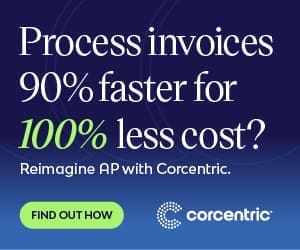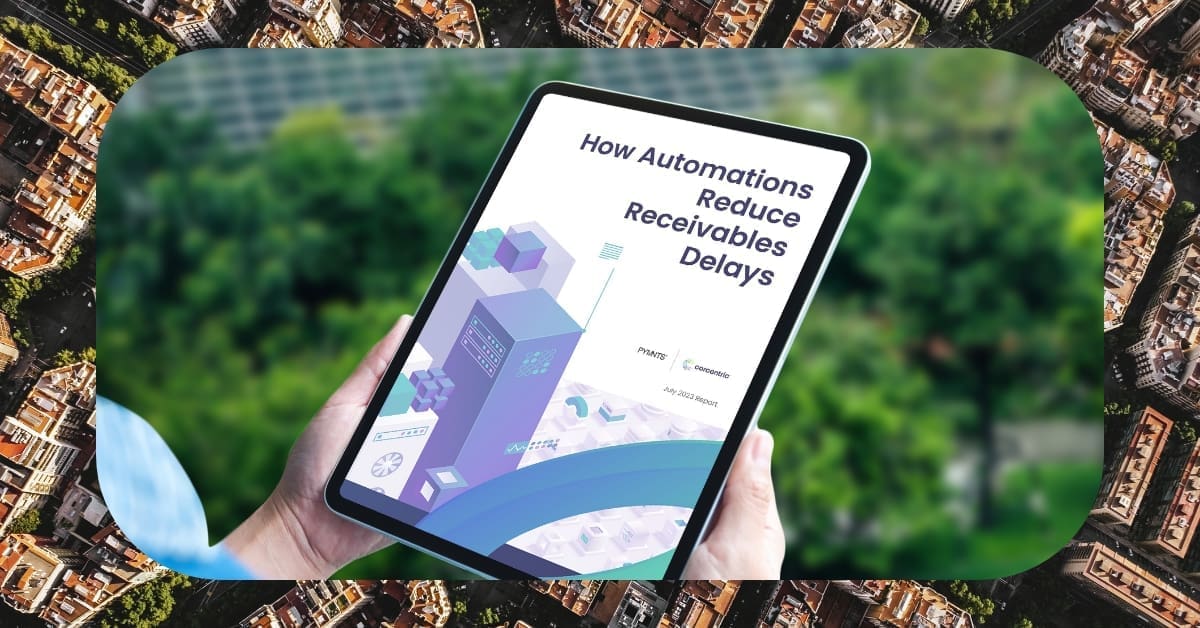Risk Of Not Implementing Source-To-Pay Software
Corcentric

E PROCUREMENT WHITE PAPER
Business operations requiring frequent procurement of goods and services can benefit greatly from the use of Source-to-Pay (S2P) software. Such platforms bring digitization to the process of purchasing input, ensuring accurate records and reducing manual effort. Neglecting to embrace such technology, however, risks hampering the efficiency, effectiveness and cost-effectiveness of the supply chain.
Unfortunately, many entities in the modern business environment still execute their procurement requirements manually. This exposes them to myriad risks. Firstly, reliance on manual systems increases the possibility of human error. The inevitable delays that result in compiling data by hand also increase potential for discrepancies between the actual and required quantities, or for orders to become overlooked in the hustle and bustle. Furthermore, illegible records increase the probability of incorrect deliveries.
Another significant hazard concerns the disarray inherent in manual systems. Instead of having unified process, an environment of spreadsheets and lists accrues. This not only contributes to errors, but decreases the ability to accurately track the supply chain and enhances the opportunity for budget administration to get fallible.
The use of S2P software resolves the supply chain chaos that can result from manual processes in several ways. Firstly, by eliminating the potential for error, necessary data can be input automatically and can be readily tracked across the system. In turn, with stronger oversight of the process, compliance regulations can be better embraced. Secondly, due to its impermeability to human miscalculation, tangible cost savings can be attained.
Moreover, many S2P solutions offer speciality features that further reduce the likelihood of mistakes; such as the ability to upload purchase order form, comprehensive supplier information and the implementation of budget administration. Furthermore, by establishing automation in the process, communications with the suppliers can be standardized while reports and evaluations can be generated digitally in real-time.
Nevertheless, there are risks associated with S2P software. Although its subsequent benefits are clear, upfront costs can constitute an obstacle to its adoption. Also, in order to gain optimal benefits from the software, entities should integrate it iseamlessly with existing software in the company. This could present data security issues as well as possible hardware requirements.
In conclusion, although the risks associated with utilizing S2P software should not be neglected, the potential rewards from doing so far outweigh the potential drawbacks. The trustworthiness of manual systems can be compromised still further and may lead to irregularities in procurement processes, whereas the use of S2P software can resolve these issues and develop the entity further.

